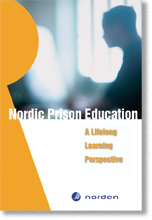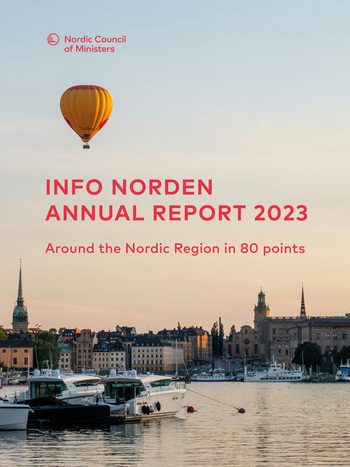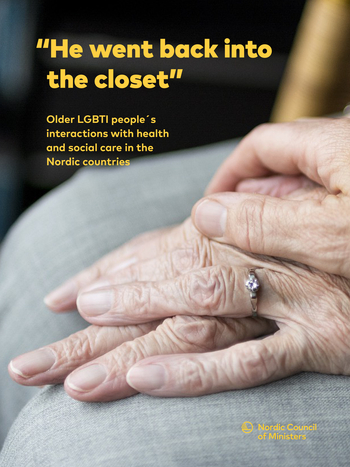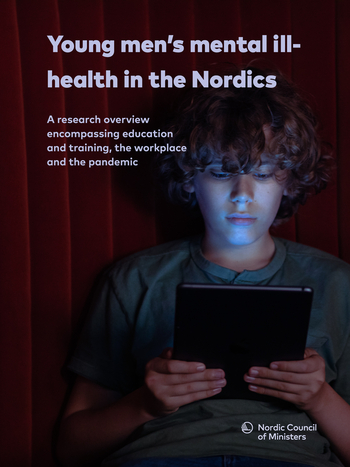Nordic Prison Education
A Lifelong Learning Perspective

Information
Publish date
Abstract
In 1999, the nordic council adopted a recommendation on prison education in a Nordic perspective. In September 2001, a Nordic project group was appointed to carry out a study, with representatives from the Prison and Probation Service and the educational authorities. The project was directed by the County Governor of Hordaland, Norway. The purpose of the project Education, Training and Prison and Probation Service in a Lifelong Learning Perspective ­ a Nordic Study of Structures and Models, was to provide a concise, overall and updated comparative view of education and training in prisons in Denmark, Finland, Norway and Sweden, as well as a brief description of the situation in Iceland, Greenland, the Faeroe islands and the Åland islands. The study describes the typical "Nordic prisoner" as: a man over the age of 30, having left school quite early, with very little experience of the labour market and, in many cases, a substance abuse problem. If convicted prisoners are to be offered education on equal terms with others in society, the right to education must be clearly stipulated in the legislation. Present and future prison education must always be considered in the light both of the educational system applying society as a whole and relevant international recommendations and conventions. According to this report, good cooperation between the Prison and Probation Services and other authorities is one of the key starting points for satisfying prisoners' educational needs. The prison education offered today does not satisfactorily correspond to prisoners' educational needs. It also only accounts for a small fraction of the cost of a place in prison. Increased investments in prison education would probably be of added value for society as a whole. The study also points out the importance of crime prevention both to prisons and to society in general. This report provides useful documentation for individuals working with any aspect of the wider problem complex relating to prison and probation services.
Publication number
2005:526




